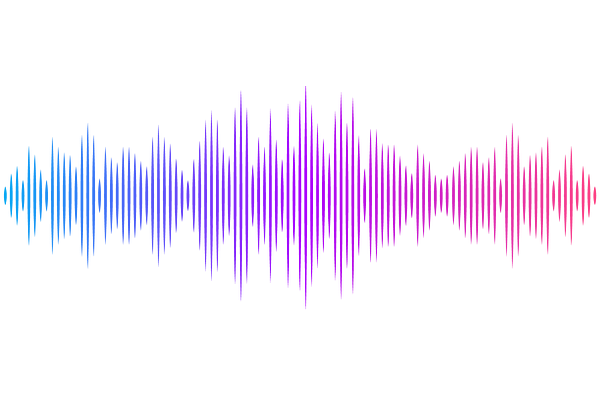Architecture of Tianyu Software: Relative Photometry as a Case Study

Architecture of Tianyu Software: Relative Photometry as a Case Study
Yicheng Rui, Yifan Xuan, Shuyue Zheng, Kexin Li, Kaiming Cui, Kai Xiao, Jie Zheng, Jun Kai Ng, Hongxuan Jiang, Fabo Feng, Qinghui Sun
AbstractTianyu telescope, an one-meter robotic optical survey instrument to be constructed in Lenghu, Qinghai, China, is designed for detecting transiting exoplanets, variable stars and transients. It requires a highly automated, optimally distributed, easily extendable, and highly flexible software to enable the data processing for the raw data at rates exceeding 500MB/s. In this work, we introduce the architecture of the Tianyu pipeline and use relative photometry as a case to demonstrate its high scalability and efficiency. This pipeline is tested on the data collected from Muguang observatory and Xinglong observatory. The pipeline demonstrates high scalability, with most processing stages increasing in throughput as the number of consumers grows. Compared to a single consumer, the median throughput of image calibration, alignment, and flux extraction increases by 41%, 257%, and 107% respectively when using 5 consumers, while image stacking exhibits limited scalability due to I/O constraints. In our tests, the pipeline was able to detect two transiting sources. Besides, the pipeline captures variability in the light curves of nine known and two previously unknown variable sources in the testing data. Meanwhile, the differential photometric precision of the light curves is near the theoretical limitation. These results indicate that this pipeline is suitable for detecting transiting exoplanets and variable stars. This work builds the fundation for further development of Tianyu software. Code of this work is available at https://github.com/ruiyicheng/Tianyu_pipeline.